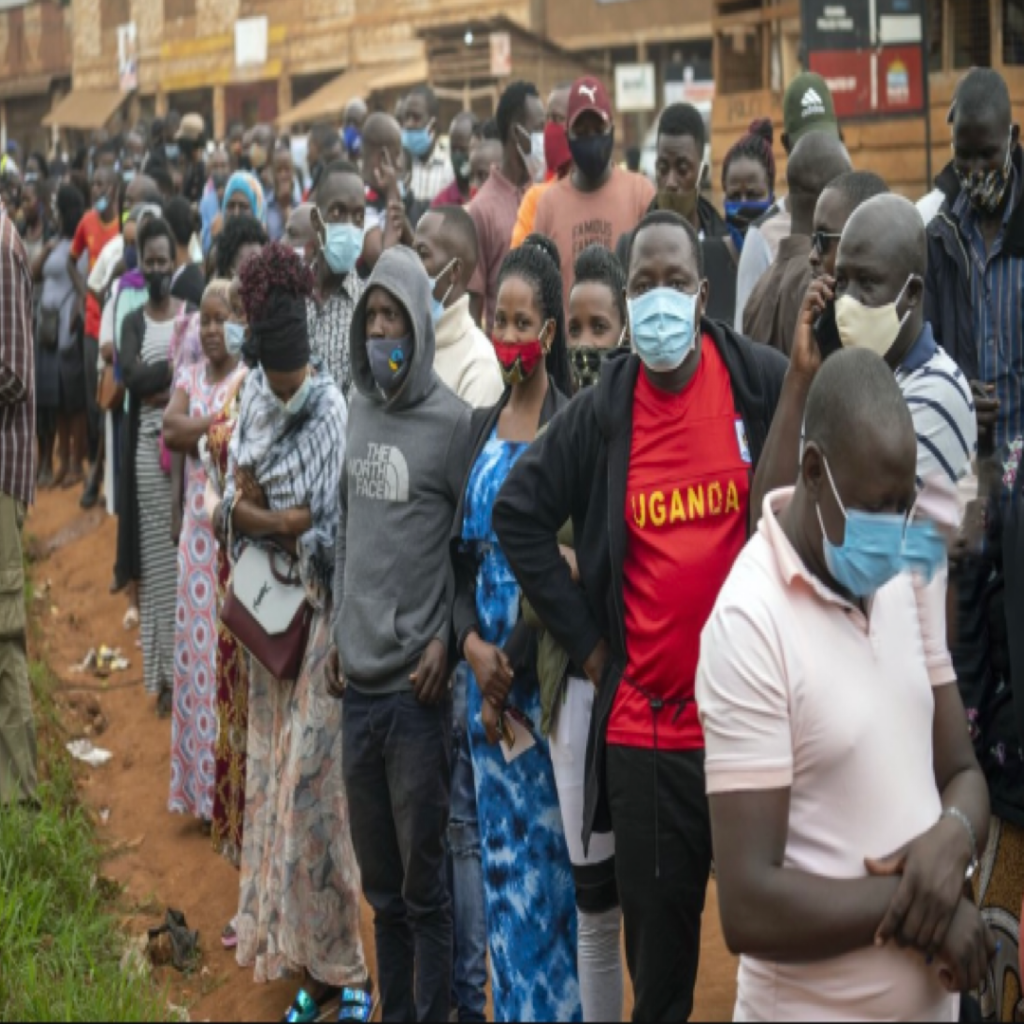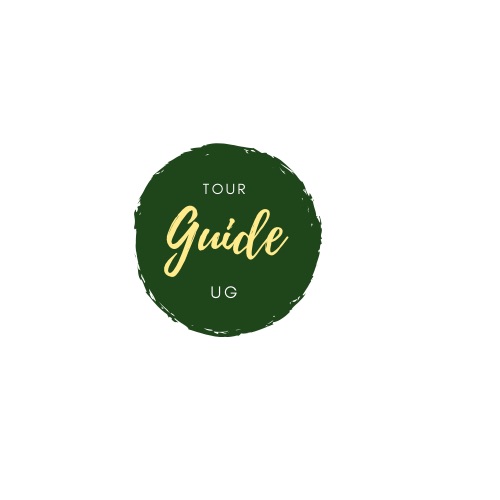
Ugandans can be classified into several broad linguistic groups: the Bantu-speaking majority, who live in the central, southern and western parts of the country; and non-Bantu speakers who occupy the eastern, northern and northwestern portions of the country (who may in turn be sub-divided into Nilotic and Central Sudanic peoples). The first category includes the large and historically highly centralized kingdom of Buganda, the smaller western Ugandan kingdoms of Bunyoro, Nkore and Toro, and the Busoga states to the east of Buganda. The peoples in the second category include the Iteso, Langi,
Introduction
The Bantu people are by far the largest and most dominant group in Uganda. Bantu is the collective term for several ancient languages spoken by the Bantu people, who have inhabited the area known as Uganda since at least the fourth century BC. Though the Bantu culture and heritage is deeply rooted in the soil of present-day Uganda, it has existed largely as a colonial legacy. In the colonial era, a state called Uganda existed to serve as the southern boundary of German East Africa. Although the people of Uganda today have kept some vestige of their native heritage, European imperialism has been the primary catalyst of cultural assimilation. The majority of the country’s citizens belong to the Bantu-speaking group, which itself is divided into several groups.
Customs
The Bunyoro people share a religion and culture with neighbouring Luhya of Kenya and Western Kenya. Religiously, the Bunyoro people worship their ancestral deity Mbwe, otherwise known as Batetela (their local god), as well as Mbira, a percussion instrument used in their rituals. Traditionally, the Bunyoro people were farmers, with vegetable, coffee and cotton being major crops grown in their highland areas. In recent times, they have started migrating to Nairobi in search of better prospects. They also offer highly competitive wine making to honor their ancestral spirits called Tuja. The area that is now the Nyamira County, historically had a settled Mopane or Mangalorean population; the Bahnar.
Traditions
Vital for survival, Africans have been devoutly religious from the dawn of time. Our people have had a deep respect for the Mother Earth, who feeds us and who is our very mother. As a result, we venerate her with prayers and sacrifices. In that regard, our people have traditionally been very concerned with the surrounding environment. The natural environment is sacred, and our women spend much of their time in devotions and intercessory prayers. We believe that when it rains it rains well, and that when it is dry, it is dry for a reason. The rich worshipers use the dry time to pray, while the poor just mop up and wait for it to rain.
Beliefs
Ugandans have a complex and multifaceted cultural system. The people of Uganda were highly influenced by three major neighboring tribes, the Bantu Banyoro, the Luo and the Kamba. From time immemorial they have maintained many of the same customs and traditions, although they have adopted aspects from neighboring tribes as well. Traditionally, they have been animists and follow a dualistic worldview. While some rituals, such as circumcision are influenced by religion such as moslem as well as cultural practices like Bagisu’s “Imbalu” traditional ceremony, others such as funerals, while still holding a place in religious practice, have changed from their historical patterns and include a wider range of participants.
Conclusion
Uganda, the third most populous nation in Africa and the second most populous country in east Africa, has undergone dramatic cultural, political, and economic changes over the past hundred years. Following British colonization, which resulted in a shift in political power from the ethnic groups to the crown.

The people of Uganda; Location and Geography.
Bantu speakers probably entered southern Uganda by the end of the first millennium. They had developed centralized kingdoms by the fifteenth or sixteenth century, and after independence from British rule in 1962, Bantu speakers constituted roughly two-thirds of the population. They are classified as either Eastern Lacustrine or Western Lacustrine Bantu. The Eastern Lacustrine Bantu speakers include the Baganda people whose language is Luganda, the Basoga, and many smaller societies in Uganda, Tanzania, and Kenya. The Western Lacustrine Bantu speakers include the Banyoro, the Bastoro, the Banyankole, and several smaller populations in Uganda.
Nilotic language speakers probably entered the area from the north beginning about C.E. 1000. Thought to be the first cattle-herding people in the area, they also relied on crop cultivation. The largest Nilotic populations in Uganda are the Iteso and Karamojong ethnic groups, who speak Eastern Nilotic languages, and the Acholi, Langi, and Alur, who speak Western Nilotic languages. Central Sudanic languages, which arrived in Uganda from the north over a period of centuries, are spoken by the Lugbara, the Madi, and a few small groups in the northwestern part of the country.
The people of Uganda; Demography.
The population was about twenty-three million in mid-1999. The Eastern Lacustrine Bantu include the Baganda, the Basoga, and the Bagisu. The Baganda, the largest ethnic group, account for about 17 percent of the population, or approximately 3.9 million people. The second largest ethnic group, the Basoga, make up about 8 percent of the population, or 1.8 million people, while the Bagisu constitute roughly 5 percent of the population, or just over a million people. The Western Lacustrine Bantu—the Banyoro, Batoro, and Banyankole people—probably constitute around 3 percent of the population, or 700,000 people each.
The Eastern Nilotic language groups include the Karamojong cluster, the Iteso and the Kakwa. The Karamojong account for around 12 percent of the population (2.8 million), the Iteso amount to about 8 percent (1.8 million), and the Kakwa constitute 1 percent (about 230,000). The Western Nilotic language groups include the Langi and Acholi as well as the Alur. Together they account for roughly 15 percent of the population, or about 3.4 million people, with the Langi contributing 6 percent (1.4 million), the Acholi 4 percent (900,000), and the Alur probably about 2 percent (460,000).
Central Sudanic languages are spoken by about 6 percent of the population, mostly in the northwest. The Lugbara (roughly 3.8 percent of the total, or 870,000) and the Madi (roughly 1.2 per cent, or 275,000) are the largest of these groups, representing the southeastern corner of a belt of Central Sudanic language speakers stretching from Chad to Sudan.
About 10,000 Ugandans of Sudanese descent are classified as Nubians. They are descendants of Sudanese military recruits who came in the late nineteenth century as part of the colonial army.
The people of Uganda; Linguistic Affiliation.
Introduced by the British in the late nineteenth century, English was the language of colonial administration. After independence, it became the official language, used in government, commerce, and education. Official publications and most major newspapers appear in English, which often is spoken on radio and television. Most residents speak at least one African language. Swahili and Arabic also are widely spoken.
The people of Uganda; Etiquette
Shaking hands is the normal form of greeting. Casual dress is considered appropriate in the daytime and evening. Etiquette is important at family meals. When a meal is ready, all the members of the household wash their hands and sit on dining table or on floor mats to share a meal. Visitors and neighbors who drop in are expected to join the family at a meal. Normally a short prayer is said before the family starts eating. During the meal, children talk only when asked a question. It is considered impolite to leave the room while others are eating. Leaning on the left hand or stretching one’s legs at a meal is a sign of disrespect. When the meal is finished, everyone in turn gives a compliment to the mother.
The people of Uganda; Food in Daily Life.
Most people, except a few who live in urban centers, produce their own food. Most people eat two meals a day: lunch and supper. Breakfast is often a cup of tea or porridge. Meals are prepared by women and girls; men and boys age twelve and above do not sit in the kitchen, which is separate from the main house. Cooking usually is done on an open wood fire. Popular dishes include matoke (a staple made from bananas), millet bread, cassava (tapioca or manioc), sweet potatoes, chicken and beef stews, and freshwater fish. Other foods include white potatoes, yams, corn, cabbage, pumpkin, tomatoes, millet, peas, sorghum, beans, groundnuts (peanuts), goat meat, and milk. Oranges, papayas, lemons, and pineapples also are grown and consumed. The national drink is waragi , a banana gin. Restaurants in large population centers, such as Kampala (the capital), serve local foods.
